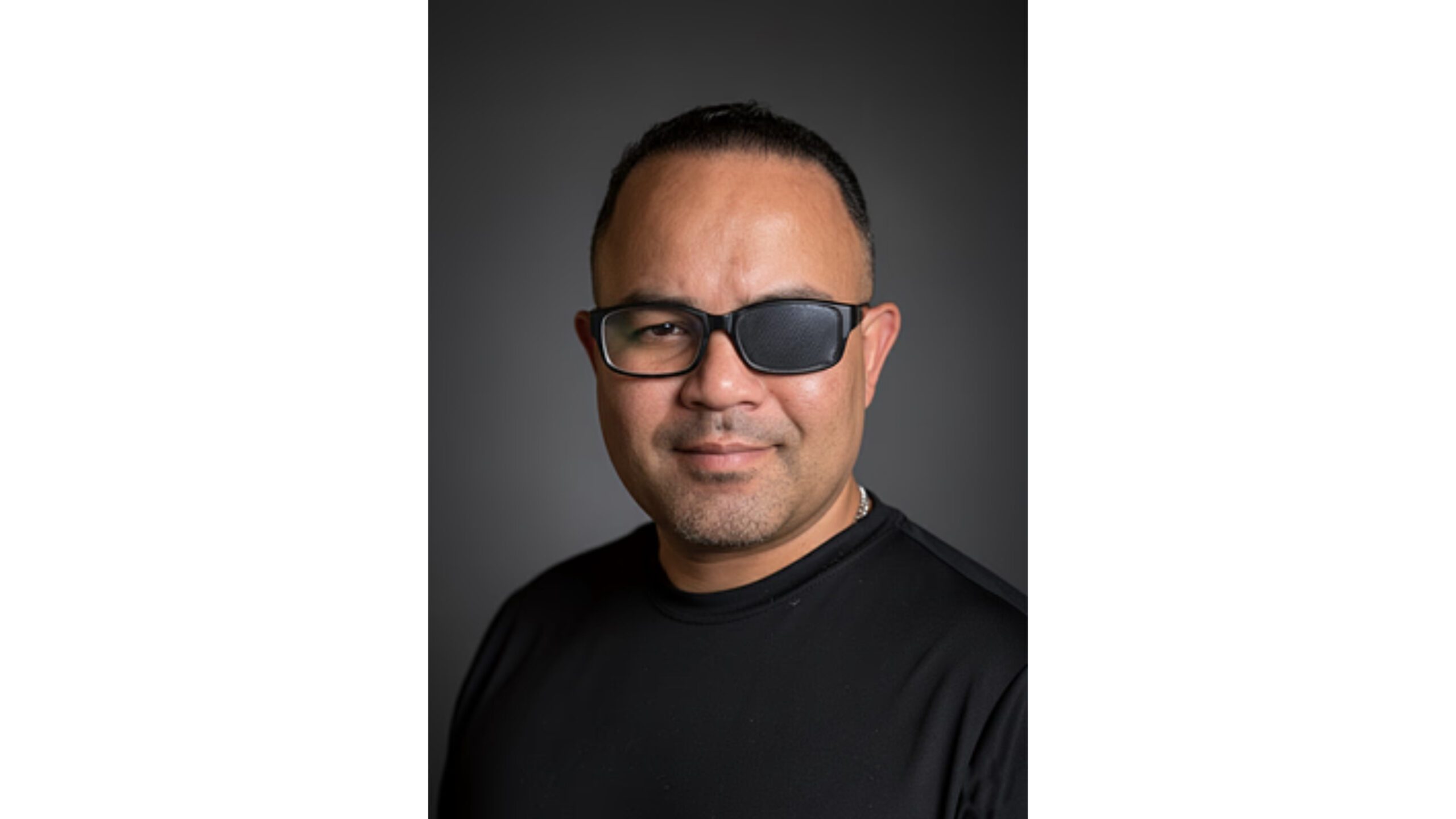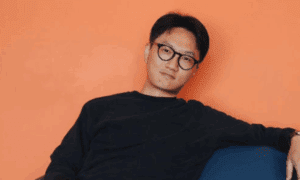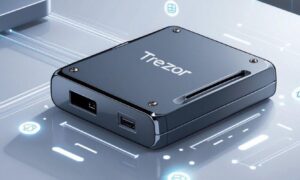After a devastating college injury led to a catastrophic near-death experience, Arloe Fontenot emerged not only as a survivor but as an innovator. His firsthand encounter with silence in a hospital bed inspired him to create the CHUB Device (Cognitive Health and Utility Beacon), a wearable designed to give patients a stronger voice and provide caregivers with real-time data.
We sat down with Fontenot to talk about how trauma shaped his mission, the science behind his invention, and what resilience really means.
Q: Take us back to your injury and hospital stay. What do you remember most vividly?
Arloe Fontenot: The pain was intense, but what I remember most was the frustration of being unable to communicate. I was conscious, but I couldn’t make myself understood. It was terrifying to feel invisible in a room full of people who wanted to help but didn’t know what I needed. That silence stayed with me more than the physical trauma.
Q: How did that near-death experience change your perspective on life and leadership?
Fontenot: Surviving something like that strips away a lot of illusions. I realized how fragile we all are and how critical connection is, especially when life hangs in the balance. For me, it sparked a determination to make sure others wouldn’t endure the same silence. It also made me see leadership differently. It’s not just about results—it’s about listening, empowering, and giving people a voice.
Q: The CHUB Device grew directly from that experience. What problem were you trying to solve?
Fontenot: At its core, the problem was communication. Traditional systems like call buttons or verbal cues fail when patients are incapacitated. The CHUB Device bridges that gap. It’s wearable, and it captures both cognitive and physiological signals in real time. That data gives caregivers immediate insight and allows patients to be heard, even when they can’t speak. It turns silence into information.
Q: Can you explain how it works in everyday settings?
Fontenot: Imagine a patient recovering from surgery who suddenly experiences distress but cannot speak. The CHUB Device detects the change and signals caregivers instantly. Or think of someone in elder care who struggles with communication. The device can transmit cognitive and health data that helps providers intervene earlier. The applications go beyond hospitals into rehabilitation, industrial safety, and even defense. Anywhere communication breakdowns put people at risk, CHUB can help.
Q: You have a background in science and environmental research. How did that shape the invention?
Fontenot: My training as an analytical chemist and environmental scientist gave me the mindset to approach problems systematically. I spent over 17 years in oil and gas research, compliance, and technology integration, where precision is non-negotiable. That background helped me design the CHUB Device with both technical rigor and practical application. Science gave me the tools, but my experience as a patient gave me the purpose.
Q: Many people experience hardship but don’t turn it into innovation. What made the difference for you?
Fontenot: I think it was the decision not to let the experience end with me. Pain can either trap you or push you forward. I chose to let it fuel something larger. The CHUB Device is my way of turning one person’s silence into a tool that ensures others will be heard.

































